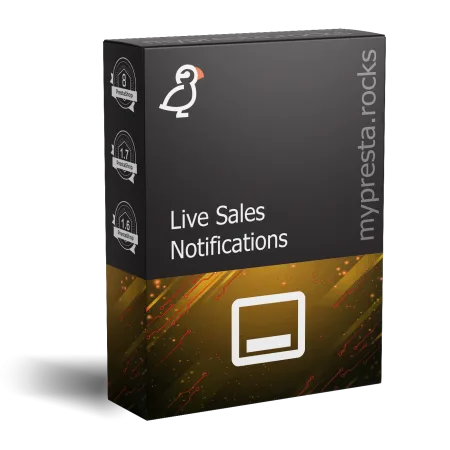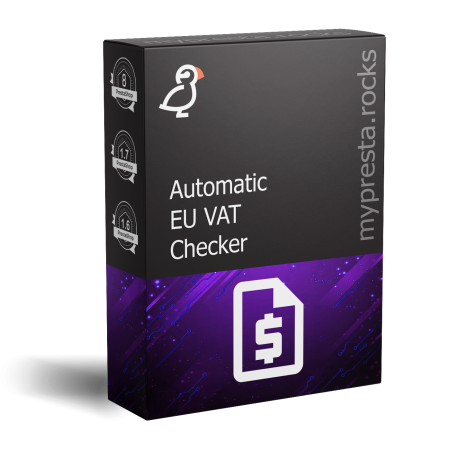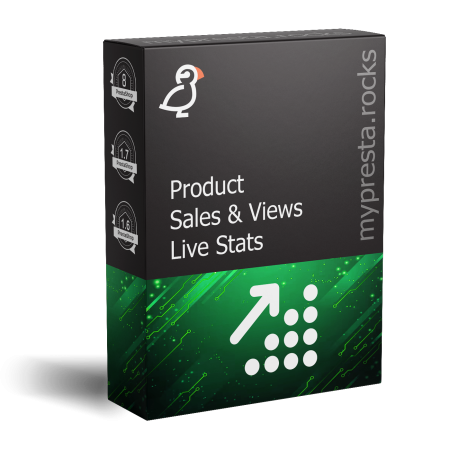In today’s competitive e-commerce landscape, robust SEO is the key to ensuring your PrestaShop store stands out. This...
Blog categories
Blog Search
Blog tags
Our Grand Opening: A Decade of PrestaShop Expertise Goes Public
A Decade of PrestaShop Development
For more than ten years, I’ve been immersed in PrestaShop development—building custom solutions, adapting store layouts, experimenting with advanced SEO strategies, and tackling every kind of request merchants have thrown my way. Along the journey, I crafted a multitude of private modules designed to solve specific store problems or automate time-consuming tasks. These add-ons improved shipping flows, introduced new checkout optimizations, or brought data export and integration features that, until now, only a handful of private clients got to enjoy.
From Private Projects to a Public Storefront
That changed when I decided to build a dedicated storefront—mypresta.rocks—to make these modules broadly available. It’s a move I’ve wanted to take for years. After all, I’ve constantly received requests along the lines of, “Hey, I saw you did a custom SEO generator for X store—can I buy that for my own PrestaShop?” or “Is there any chance you’d adapt your internal link automation module for me?”
Initially, I kept them private because each project was so heavily tailored to an individual store’s layout, environment, and use case. But as these modules began to share common ground—universal features like compatibility across multiple PrestaShop versions, flexible configuration panels, or user-friendly data exports—it became clear that packaging them as general-purpose solutions was feasible.
Refining Private Code into Commercial-Grade Modules
What you see today is the result of considerable effort to refactor these modules into polished, ready-to-install packages. I didn’t simply zip up old code and list them for sale; each add-on was tested on various environments, from older PrestaShop 1.6 setups to the newer 1.7 and even 8.0.
Because server environments differ (PHP version changes, library updates, or non-standard overrides), each module was adjusted to handle these variations gracefully. The end result is a catalog that’s both backward-compatible for stores that can’t upgrade right away and optimized for newer platforms that want advanced performance features.
Breaking Language Barriers – A Fully Translated Store
Making these modules available to the public also meant tackling another challenge—localization. If you’re going to reach a worldwide audience, you need to adapt your product pages and in-module descriptions.
mypresta.rocks is fully translated into six languages: English, Polish, Italian, German, French, and Spanish. I committed to localizing every detail, from the module configuration tips to the front-office text that might appear for visitors. This approach ensures that store owners can interact with each module in their native language, improving clarity and usage success.
Real Merchant Needs – The Driving Force Behind These Modules
It’s also worth mentioning that I incorporated user feedback from the many years of private implementation. The features you see—like lazy loading images, advanced SEO sitemaps, or internal link automation—came directly from real-world merchant pain points.
They wanted less manual data entry, easier content creation, or frictionless navigation. Now, those ideas are refined into modules any store can install, with the knowledge that they’ve been tested under demanding conditions.
Streamlining Support and Module Management
Building mypresta.rocks also allowed me to invest in a straightforward user interface for purchasing, updating, and accessing support. Before, everything was one-off or done through email threads. Now, there’s a central store that handles licensing, version tracking, and order history.
My newly assembled team, which includes QA testers and a graphic designer, helps ensure modules are stable, visually consistent, and well-documented. I also introduced a “debug mode” in some modules so store owners can thoroughly test in a staging environment before going live, reflecting the best practices learned from my decade of e-commerce troubleshooting.
Committing to Ongoing Updates and Support
Going public, of course, brings new responsibilities. I remain committed to delivering ongoing updates, especially as PrestaShop evolves and third-party APIs shift.
Modules like advanced SEO schema rely on external structures, so if Google or other search engines revise their guidelines, I’ll push timely updates to maintain compliance. I also pledge to keep an open line of communication with customers—using a contact form for structured support tickets, email for quick questions, and user feedback threads to gather improvement ideas.
The Philosophy Behind MyPresta.rocks
Finally, mypresta.rocks stands for a certain philosophy: bridging hardcore programming excellence with the practicalities of running a profitable store. This means you’ll see modules that combine performance enhancements, user experience refinements, and direct tie-ins to marketing success.
By welcoming a broader audience, I hope these solutions can help countless PrestaShop merchants break through growth barriers—just as they did in their custom incarnations for private clients.
Thank You for Your Support
Thank you for checking out our store and for considering the modules we offer. If you’ve been waiting for something that truly streamlines your SEO, checkout, or data automation processes, I think you’ll find it among our listings.
And if you have suggestions for features, or a brand-new concept altogether, don’t hesitate to reach out. After all, that’s how we got here in the first place—listening to store owners’ needs, writing code to meet them, and refining until it’s ready for the world.














Leave a comment